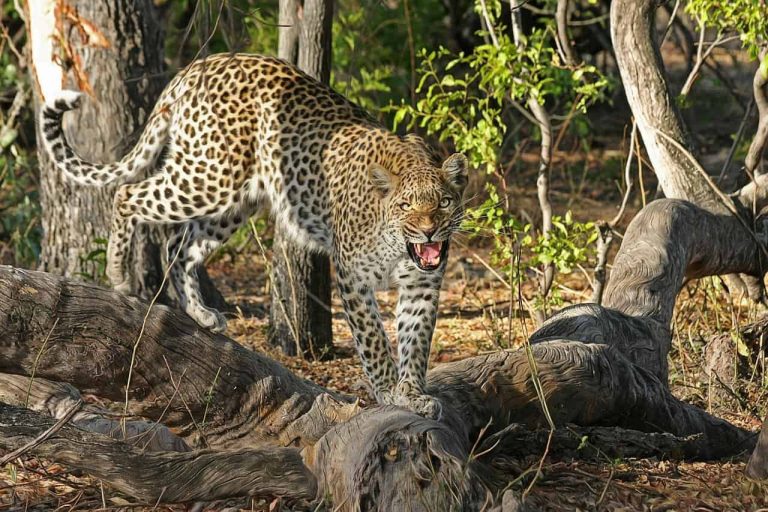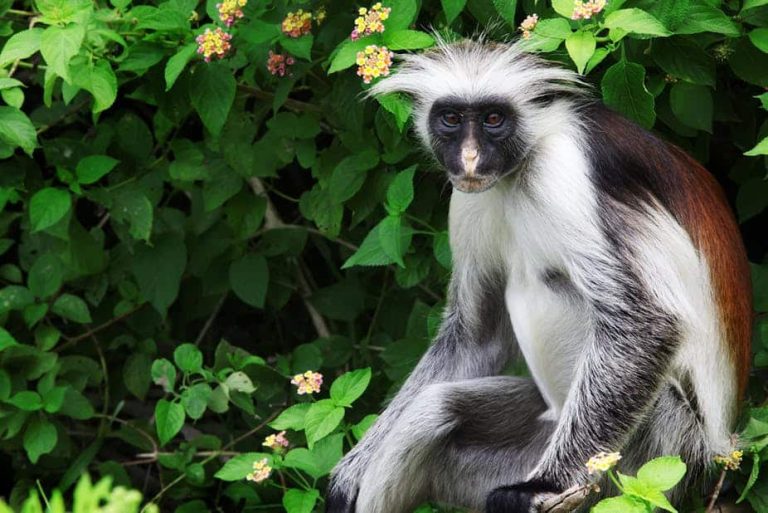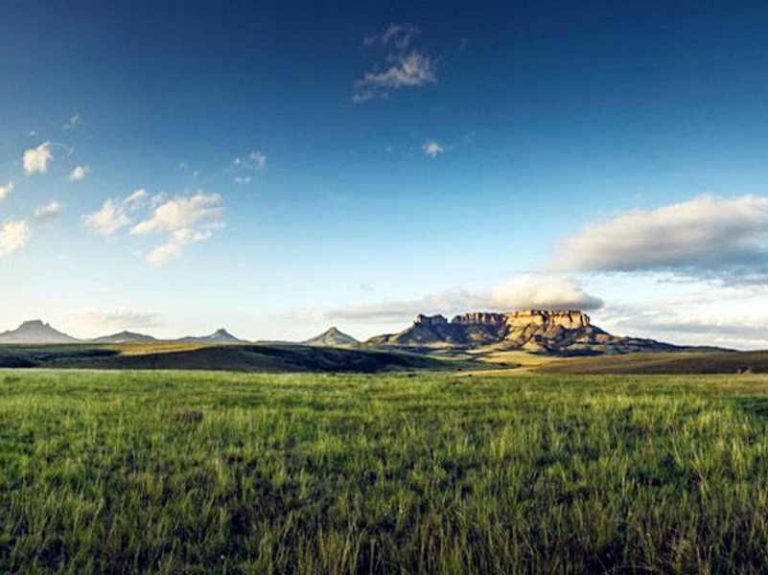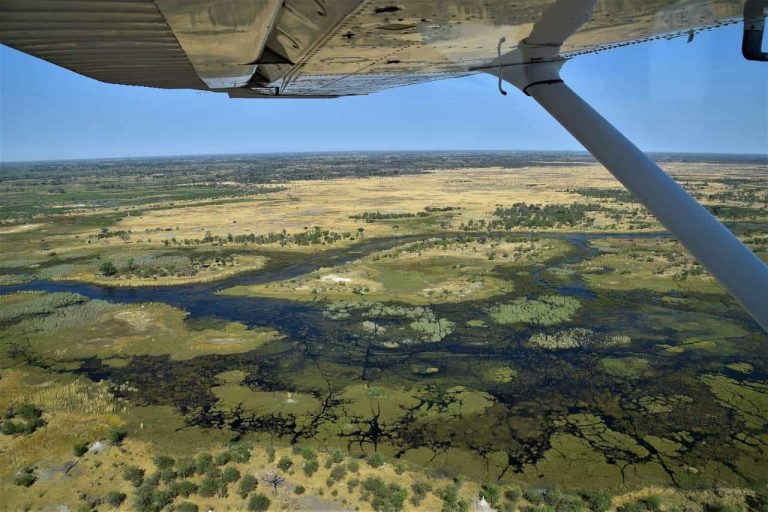Logging and road building are expanding dramatically in the Congo Basin

Logging roads are expanding dramatically in the Congo Basin, leading to catastrophic collapses in animal populations living in the world’s second-largest rainforest, according to research co-led by a scientist at James Cook University in Australia.
Just as worrying is that the rate of forest destruction caused by new roads in the Congo Basin has risen sharply over time, quadrupling since 2000.
“The situation in the Congo Basin is scary on top of more scariness,” said Professor Bill Laurance, who has worked in Africa for 15 years. “New roads are opening a Pandora’s box of activities such as illegal deforestation, mining, poaching and land speculation.”
Laurance helped lead an international team that exhaustively mapped all roads in the Congo region, using satellite imagery. They found that since 2003, the total length of roads has increased by nearly 100,000 kilometres—from 144,000 to 231,000 kilometres overall.
“Industrial logging is a key economic driver for much of the road building,” said Laurance. “Some logging roads are abandoned, but many are used by slash-and-burn farmers and poachers to penetrate deep into surviving rainforests.”
“As a result, the global population of forest elephants has collapsed by two-thirds over the past decade,” said Laurance. “Elephants, gorillas and chimps hardly have anywhere to hide from poachers now.”
Laurance and his team are especially worried about the vast Democratic Republic of Congo, or DRC, the largest nation in the Congo Basin.
“When you build a new road, you get 2-3 times more deforestation in the DRC than anywhere else in the Congo Basin,” said Laurance.
“That’s super-worrying because the DRC has plans to sharply increase logging. Last year, it leased a massive 650,000 hectares (1.6 million acres) of pristine rainforest to aggressive Chinese logging companies,” said Laurance. “And that’s just the tip of the iceberg.”
However, not all the study’s findings were negative. One promising result is that, outside of the DRC, many roads inside logging areas are being abandoned and the forest allowed to regenerate after the timber is harvested.
“This suggests that there’s considerable scope to make industrial logging less damaging to forests,” said Laurance. “An especially promising strategy is for logging companies to block roads or destroy bridges over creeks after they’ve harvested the timber.”
“Of course, we’d greatly prefer to have pristine forests. But African nations must earn money from their forests, and if better managed, selective logging could provide income and be a lot less destructive.”
Overall, a key conclusion of the study is that much road building in Africa is extremely harmful, destroying and fragmenting forests and destroying wildlife populations.
“Corruption and a massive influx of aggressive foreign developers is the biggest worry, along with rapid population growth,” said Laurance. “It all leads to destructive development and road building.”
“China in particular has the most predatory practices for logging, mining and road building in Africa,” said Laurance. “Many Africans are starting to see this, and I just hope something can be done in time.”
The research is published in Nature Sustainability.
Road expansion and persistence in forests of the Congo Basin, Nature Sustainability (2019). DOI: 10.1038/s41893-019-0310-6 , https://www.nature.com/articles/s41893-019-0310-6






